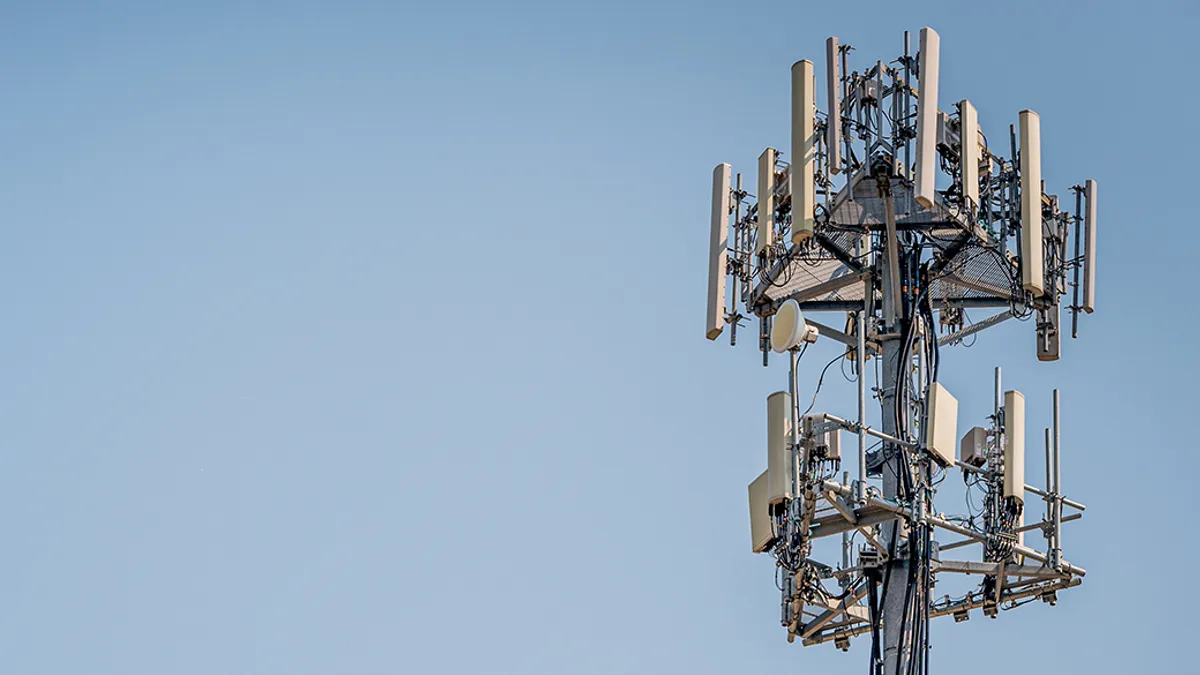Ever wonder where terms like 3G, 4G and 5G come from? Wireless carriers’ marketing teams use informal definitions of these standards, loosely tied to claims of improved network performance, in their relentless advertising. But there are formal definitions attached to each cellular generational standard, with two different organizations participating: the ITU and 3GPP. Each contributes something different.
Among its duties, the International Telecommunications Union (ITU) sets cellular generational wireless performance requirements. It is the United Nations agency responsible for information and communications technologies. The ITU has divided its efforts into three areas, one of which focuses on “radiocommunications,” designated ITU-R. The ITU-R is responsible for setting global minimum performance requirements for cellular technology and optimizing the global use of spectrum so that spectrum bands are harmonized around the globe as much as possible.
Although the 3rd Generation Partnership Project (3GPP) efforts around cellular technology standards are far more visible, the performance targets for each cellular generational standard are established much earlier by the ITU. A specific group within the ITU-R collects input from national regulators, researchers, standards bodies, equipment manufacturers and mobile operators around the globe in order to establish the performance requirements for each cellular generational standard.
How Does the ITU Proceed?
The ITU-R has adopted a naming convention that aligns with each of the cellular generational standards, but it doesn’t use the common “3G/4G/5G” nomenclature, preferring a neutral perspective. Each of the named ITU cellular standards starts with the acronym IMT, representing international mobile telecommunications. The 5G technology fits within the IMT-2020 specification. In a similar manner, 3G is aligned with IMT-2000 and 4G is aligned with the unusually named IMT-Advanced specifications. Having a cellular technology formally approved within an IMT standard gives that technology access to frequency bands identified within the ITU radio regulations. It is fundamental to worldwide adoption.
In contrast to 3GPP, the ITU does not create implementable cellular standards. Instead, it creates specifications that define the minimum performance requirements that a wireless technology needs to meet to be considered compliant with that ITU generational standard. This work gives standards bodies and vendors targets to use when defining and testing their technology implementations.
These examples are some of the more interesting performance targets of IMT-2020 (5G), taken from ITU-R M.2410-0, “Minimum requirements related to technical performance for IMT-2020 radio interface(s)”:
- Enhanced mobile broadband peak data rates: downlink 20 Gbps, uplink 10 Gbps.
- Peak spectral efficiency: downlink 30 bps/Hz, uplink 15 bps/Hz.
- Typical user experienced data rate: downlink 100 Mbps, uplink 50 Mbps.
- User plane latency: 4 ms for enhanced mobile broadband, 1 ms for ultra-reliable low latency use case.
- Connection density: 1 million devices per square kilometer for massive machine type communications use case.
The ITU has an evaluation process to determine compliance for the various submitted “radio interface technologies” seeking official certification as an ITU-compliant IMT-2020 technology.
On Nov. 26, 2020, the ITU confirmed that the two 3GPP submissions (5G non-stand-alone and 5G stand-alone) were approved as being IMT-2020 compliant, along with a 3GPP 5G variant offered by the national telecommunications body in India. A fourth IMT-2020 technology, known as DECT 5G, was approved in February 2022; it is a noncellular technology offered by the European Telecommunications Standards Institute (ETSI) and the DECT Forum.
What Happens Next?
Once the performance requirements are established, 3GPP gets to work developing technical specifications that capture the specifics around how the generational standard will be realized. The seven regional standard development organizations that make up 3GPP further develop the specifications into standards that are suitable for their respective regions.
When Can We Expect 6G Technology?
Armed with these insights, one could reasonably question any claims about 6G testing, since the ITU process for defining 6G minimum performance requirements is far from complete. Each IMT effort begins with establishing a new “IMT Vision” statement. The most recent statement has been preliminarily captured in the ITU document, “IMT Vision for 2030 and Beyond.” But any claimed 6G technology demonstrations presuppose that the technology being demonstrated will meet the as-yet undefined ITU-R performance requirements for 6G, not to mention the still-undefined 3GPP specifications for 6G. Regard any enthusiastic discussions of 6G technology demonstrations warily, with the understanding that the governing standards for that technology have not arrived yet but will in due time.
Navigating the details of today’s technology standards and spectrum options requires asking the right questions to identify the optimal design solution to fit your needs.










